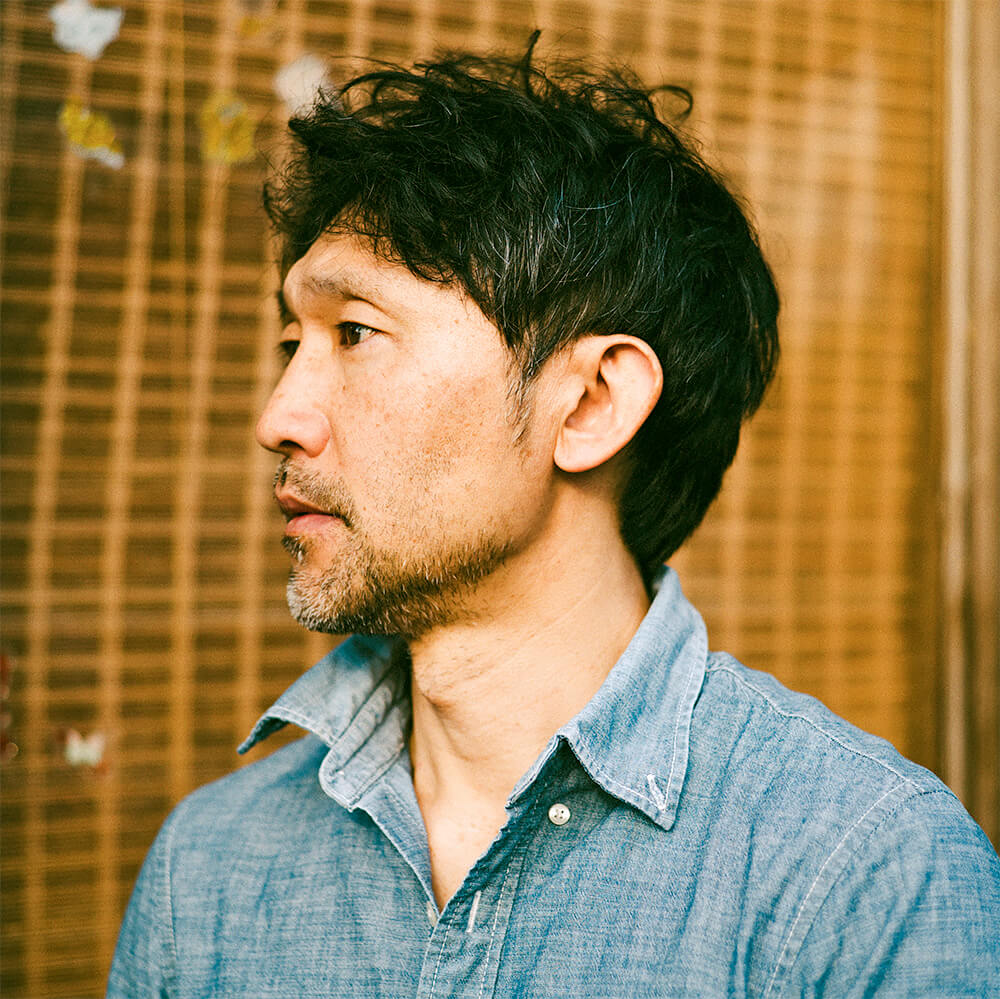Shin Noguchi, born 1976 in Shinjuku, Tokyo, Japan, is an award winning street photographer based in Kamakura and Tokyo, Japan. He describes his street photography as an attempt to capture extraordinary moments of excitement, humanism and beauty among the flow of everyday life. With his discreet, poetic and enigmatic approach to his art, Shin is able to capture the subtleties and complexities of Japanese culture without relying on staged, no-finder or hip shot photography.
He has been invited to hold solo exhibitions in Russia, France, China (organized by Leica Camera) and other countries, and also He has been featured on The Leica Camera Blog many times, in Courrier Inte'l, Internazionale, Libération, The Guardian, The Independent, etc, and some assignment work has been also published in Die Zeit, Libération, etc.
His new book "In Color In Japan" was published in Italy, and one of his works was used as key visual for FIFDH 2022: The International Film Festival and Forum on Human Rights.
Currently, he has been selected for Leica Camera's new global campaign “M is M.” "The subjects tell me the meaning and value of life. To take a picture is to affirm the existence of peopleーthe human nature and karmaーand it's also an opportunity to affirm my own existence and accept it as it is."
In Color in Japan
From the introduction of the book:
Like all good photographers, Shin Noguchi treats the camera as another appendage - a special sensory organ merging hand and eye that allows him to show us what he sees, and more subtly, how he sees. And his camera is always working. Noguchi is internationally respected as a "street photographer," but while he has won numerous prizes for his work in that genre, the appellation does not do justice to his omnivorous eye. His is just as likely to record tender moments with his family or newsworthy events like the typhoon as his encounters on the streets of Tokyo where he works, or Kamakura, where he lives. The connecting vein that runs throughout his work is a belief in the appearance of objectivity, a belief that first began to manifest when he discovered the work of the Magnum photo cooperative when he was still in his teens. It was, as he has said, the first time he realized that art and documentation could be merged. Noguchi knows perfectly well that what he shows us reflects his own sensibility and intellect but prefers to dial back the expressionistic impulse. It is an old trick in photography: make the viewer believe that had she been standing next to him she would have seen precisely what he saw. It’s also a difficult trick to pull off, particularly when the everyday world seems to be so full of surprises. In Noguchi-world, Giraffes wander about temples with Buddhist monks; workers dive into random circular openings in giant bushes, or burst from openings in blank walls as if transporting to or returning from another dimension; golf carts cluster like insects on neon-green lawns; objects possessed of more animate power than the people carrying them seem to propel their human cargo down the sidewalk instead of the opposite. In many images, goofy absurdity suddenly explodes from a sober social milieu in a way that seems to Western eyes particularly Japanese. Sentiment and affection are common themes, but the work is never sentimental. His new book, "Shin Noguchi, in Color in Japan," skates across the peaks of many of Noguchi’s favorite preoccupations (I personally have developed a fondness for his utterly adorable daughters) and one can only hope that we will get to explore his work more deeply in the future.
- Chuck Patch museum curator, photographer and writer
Selected Books on

